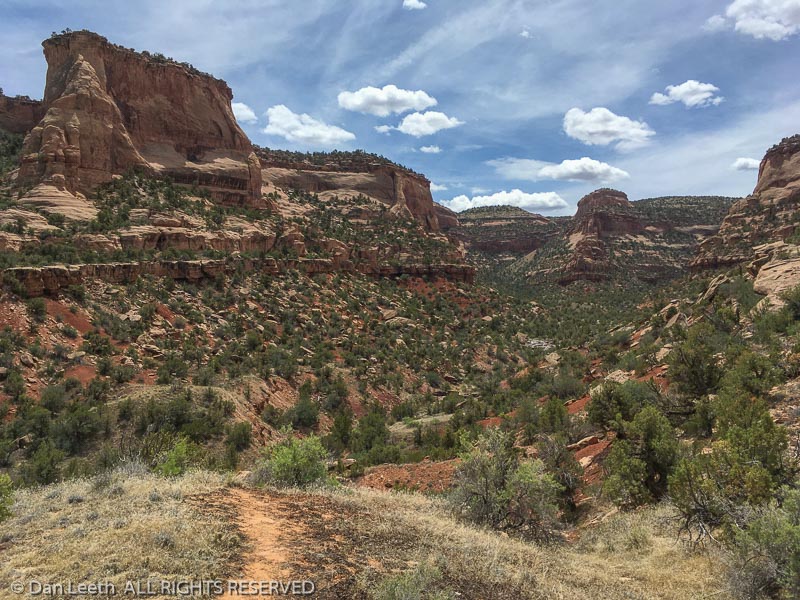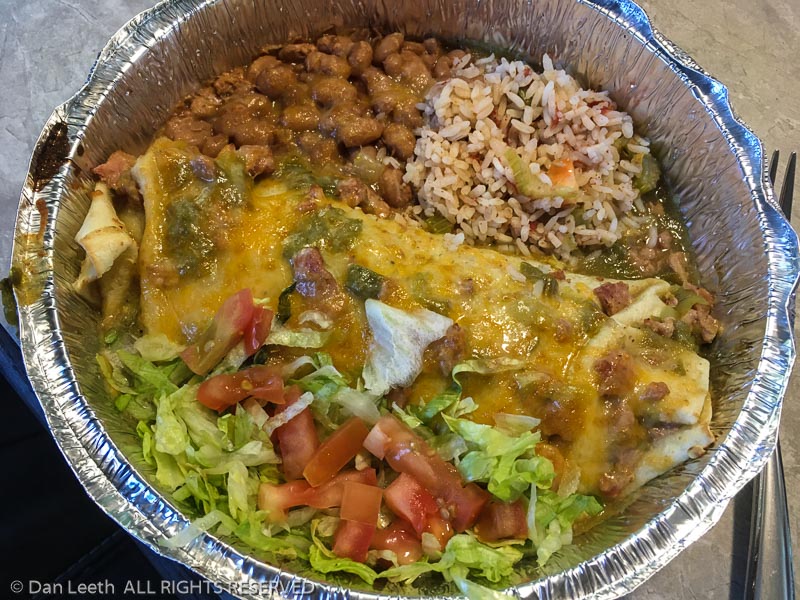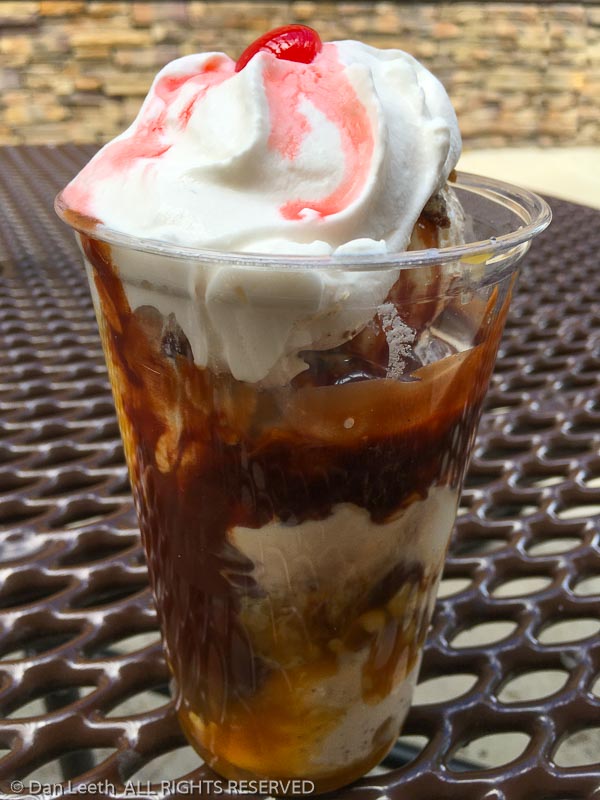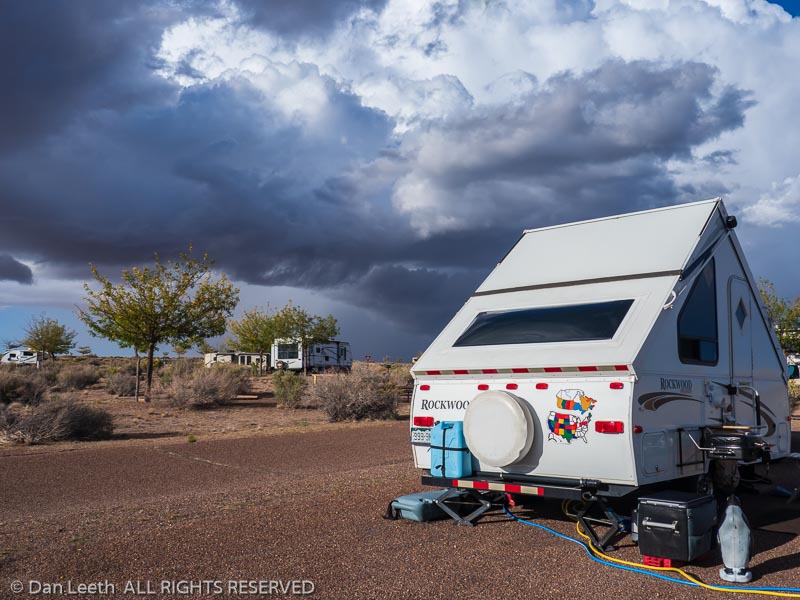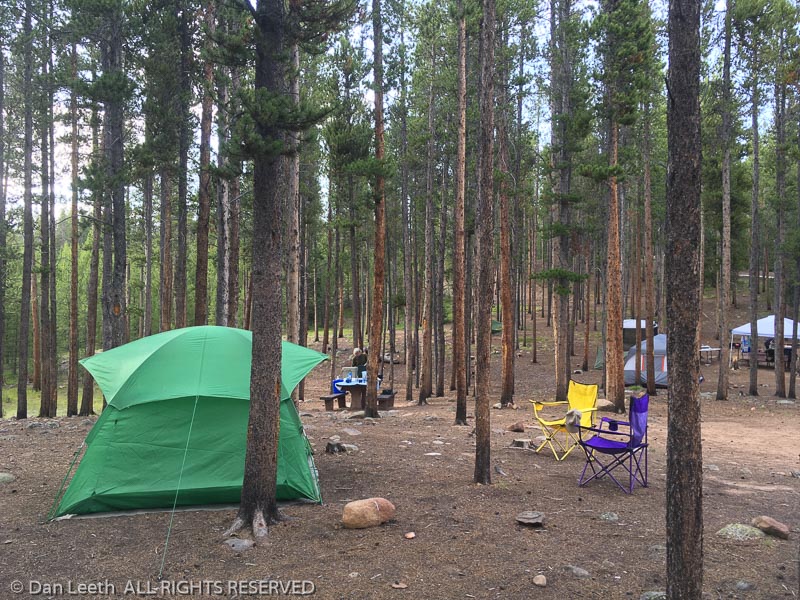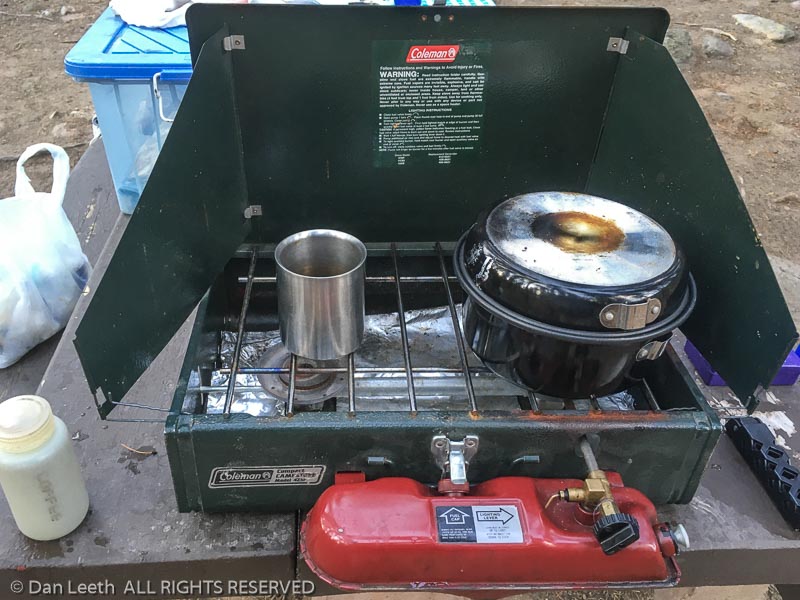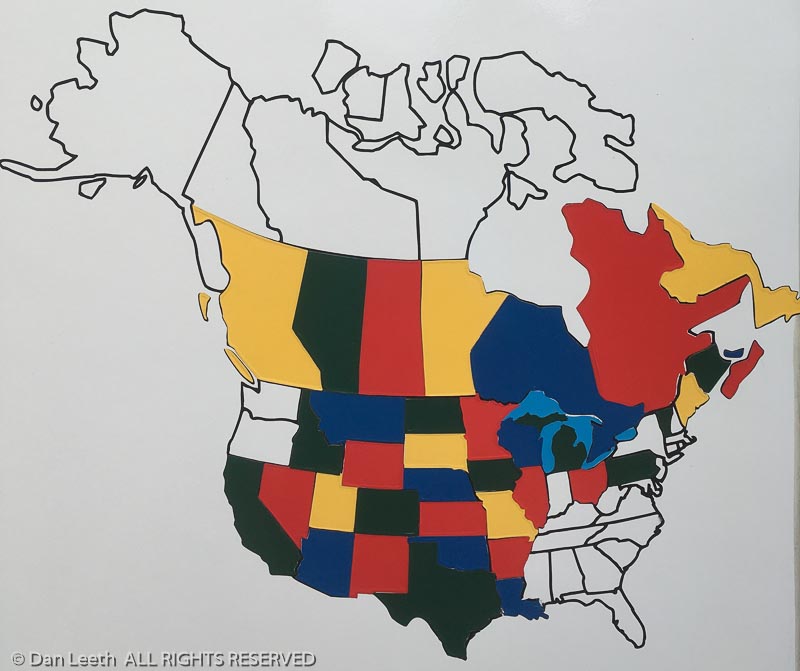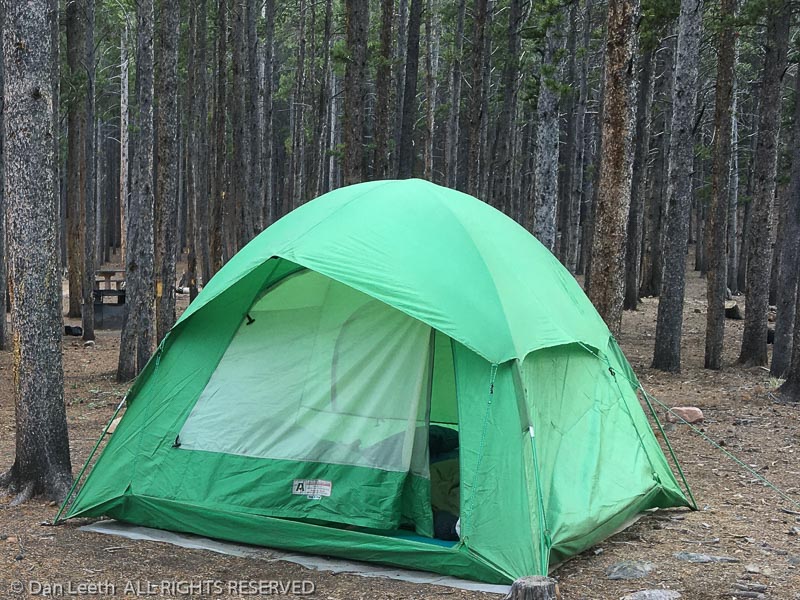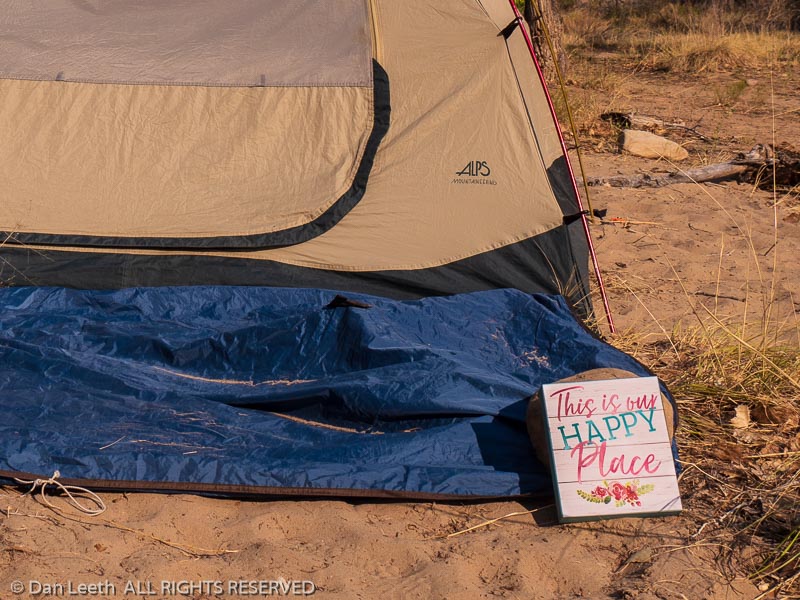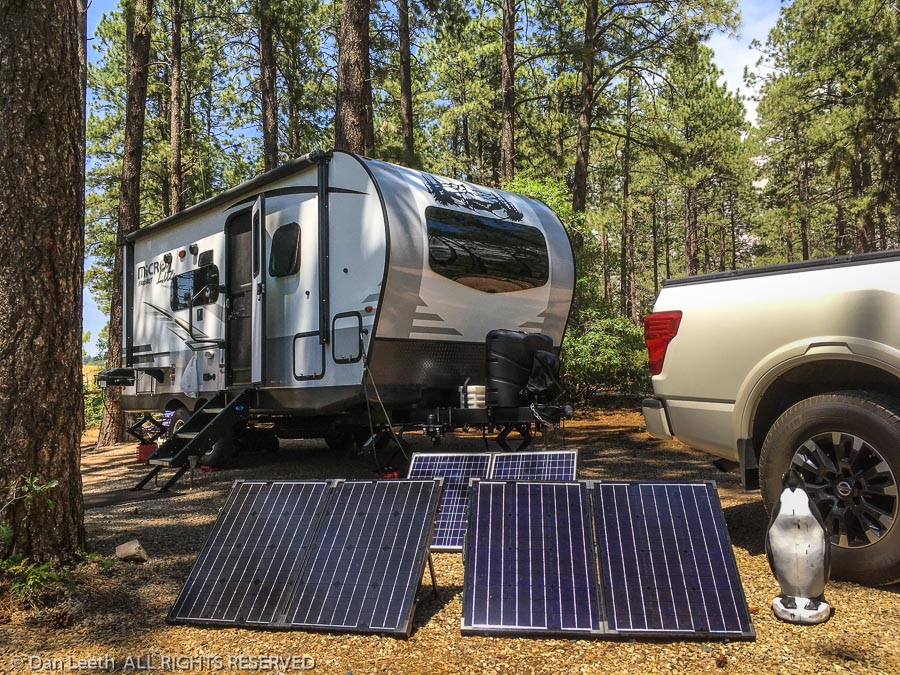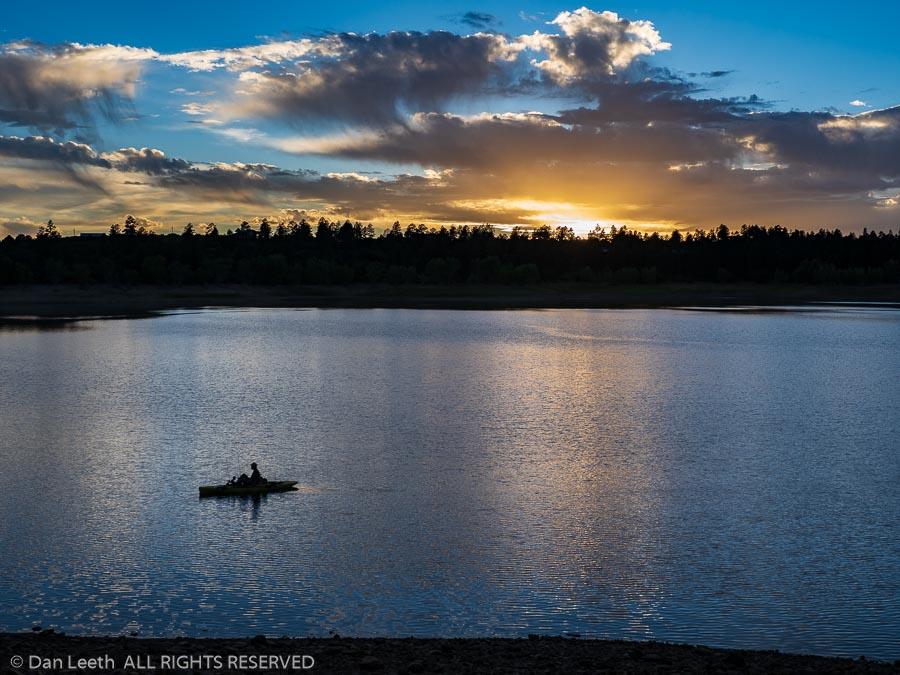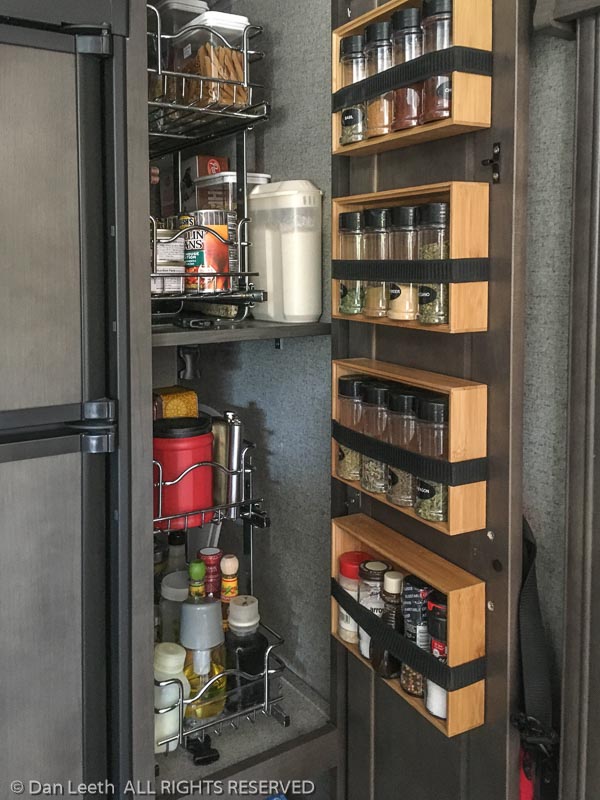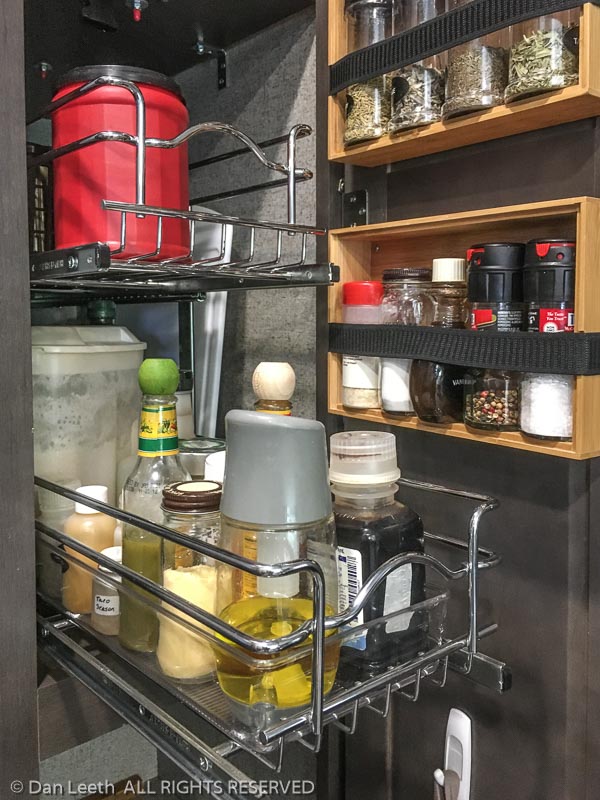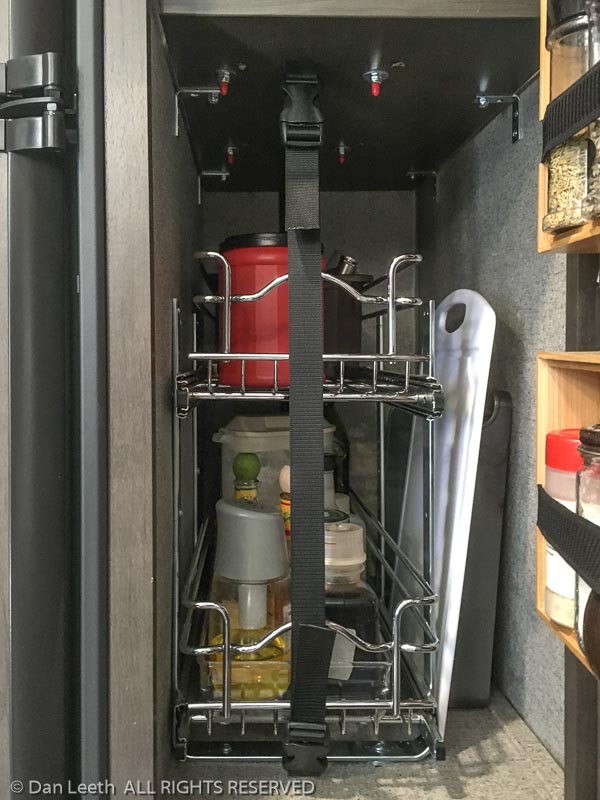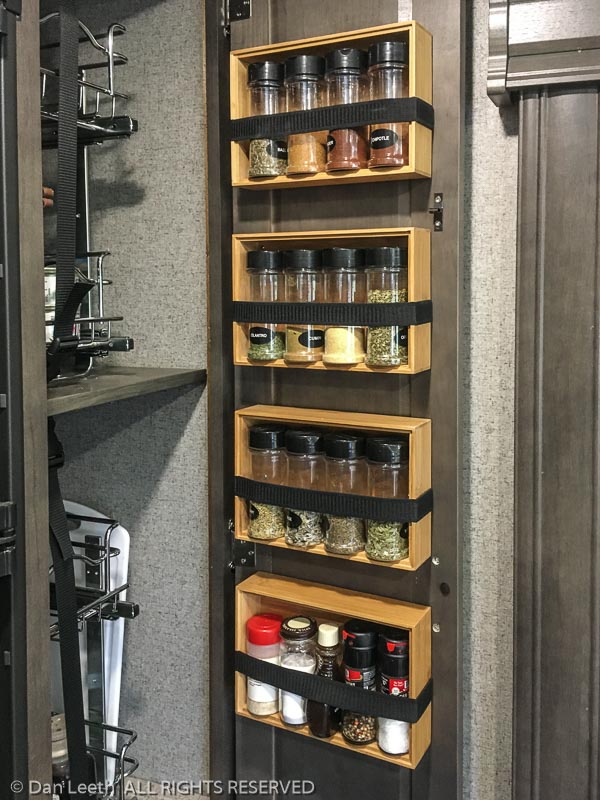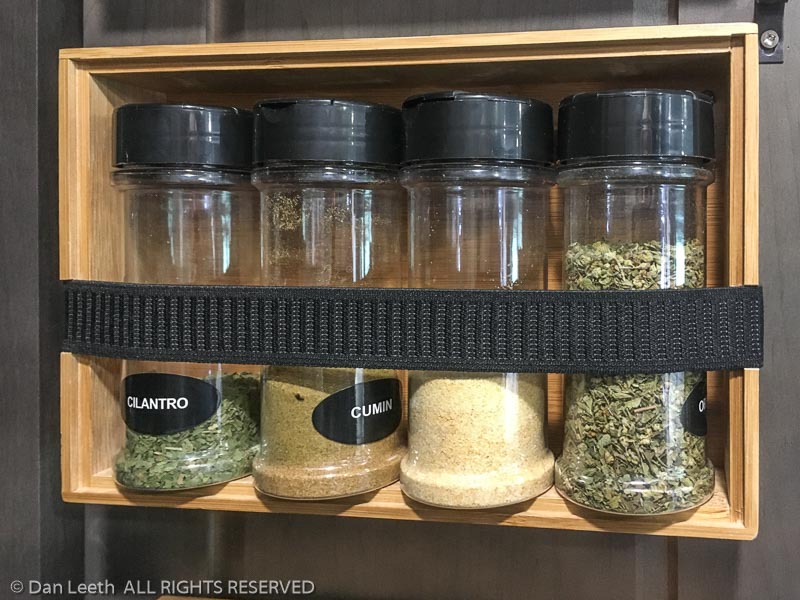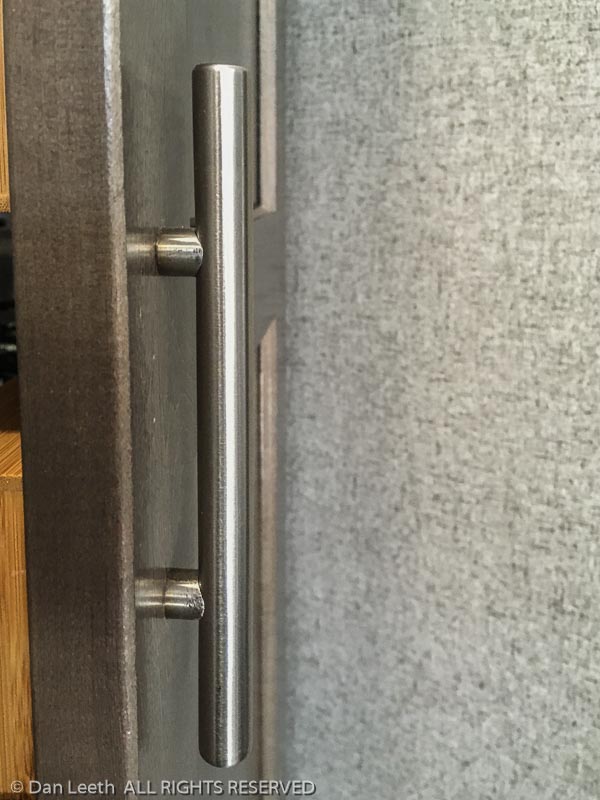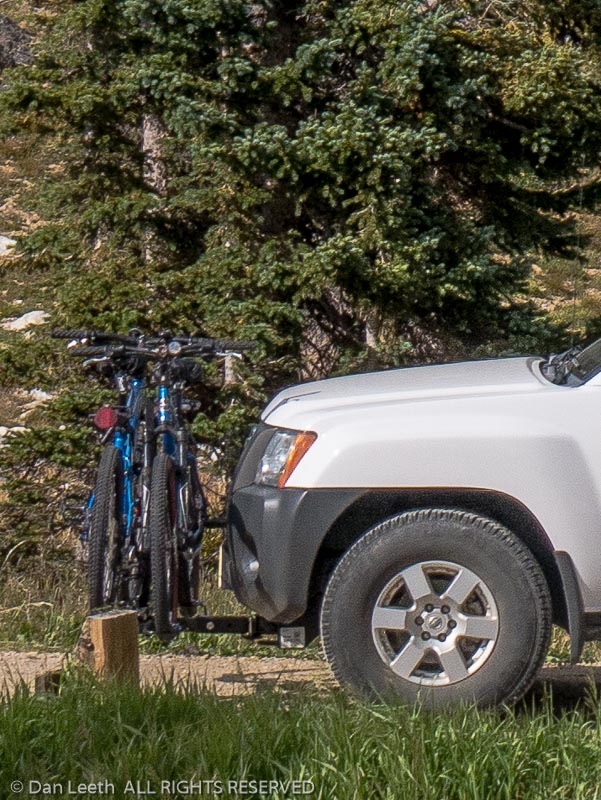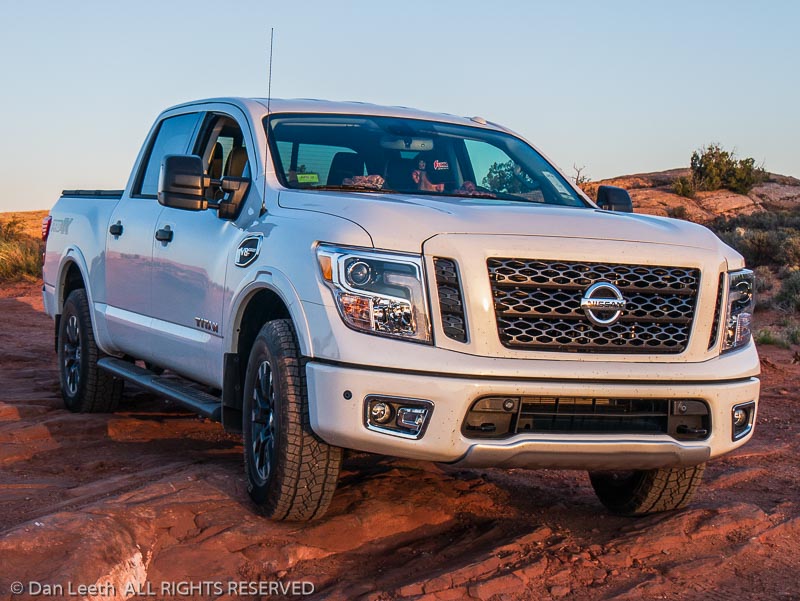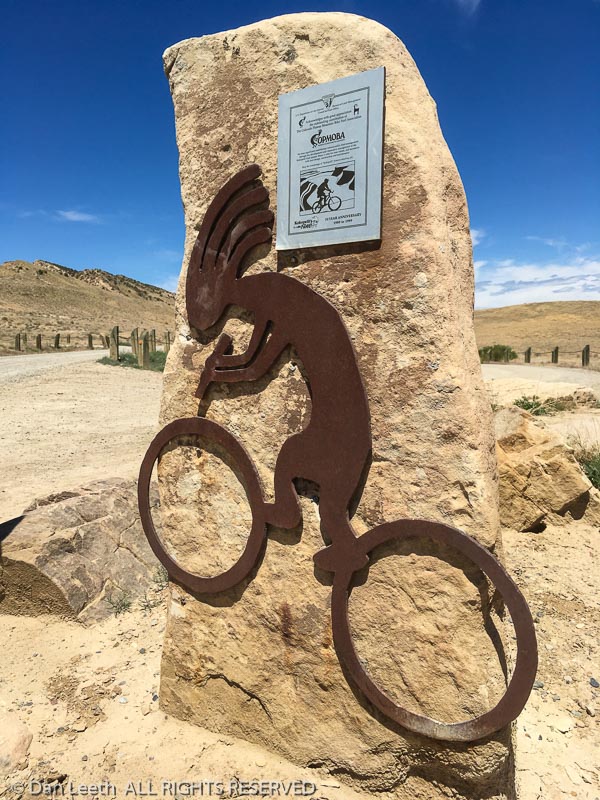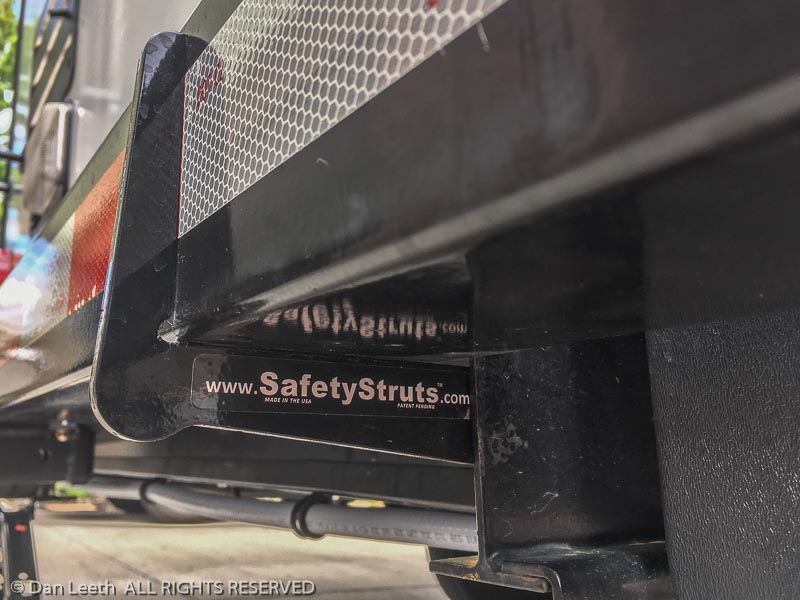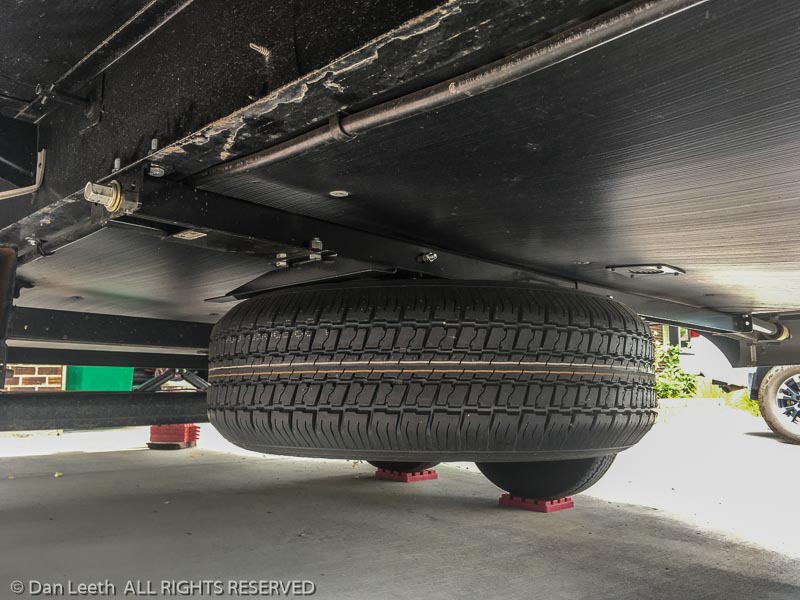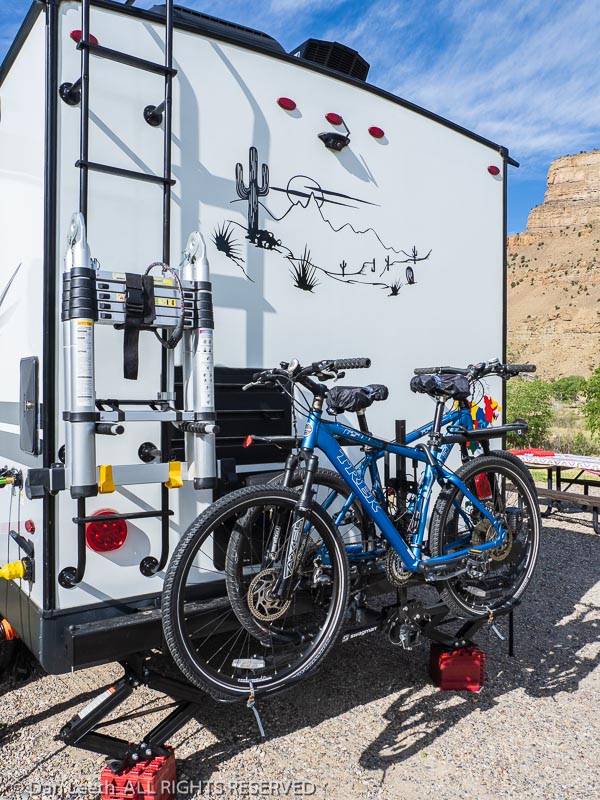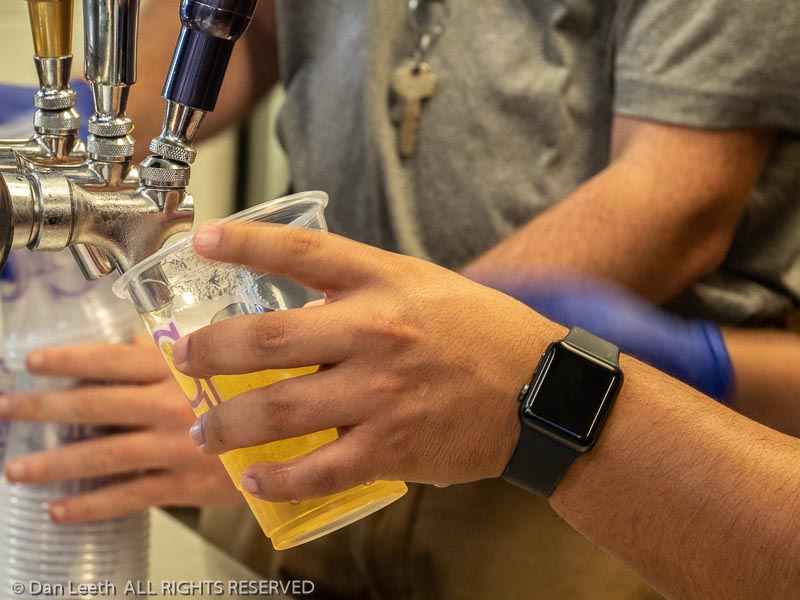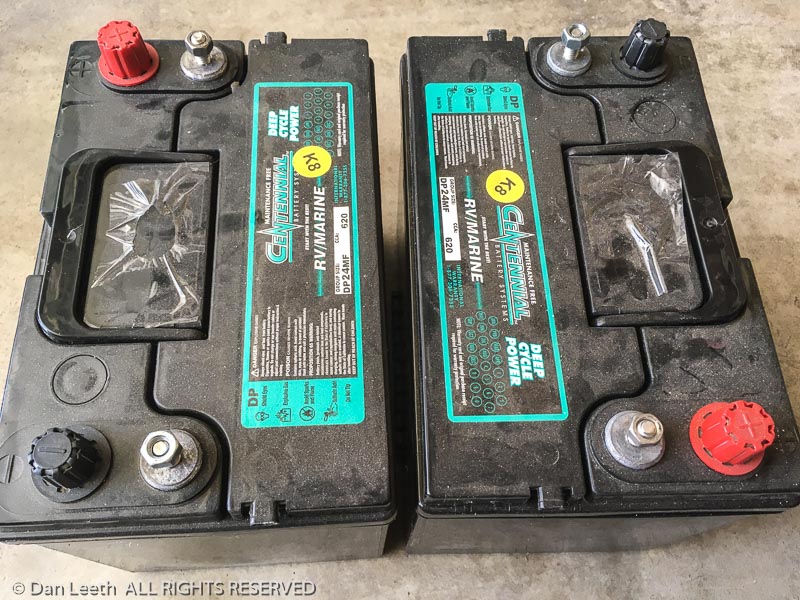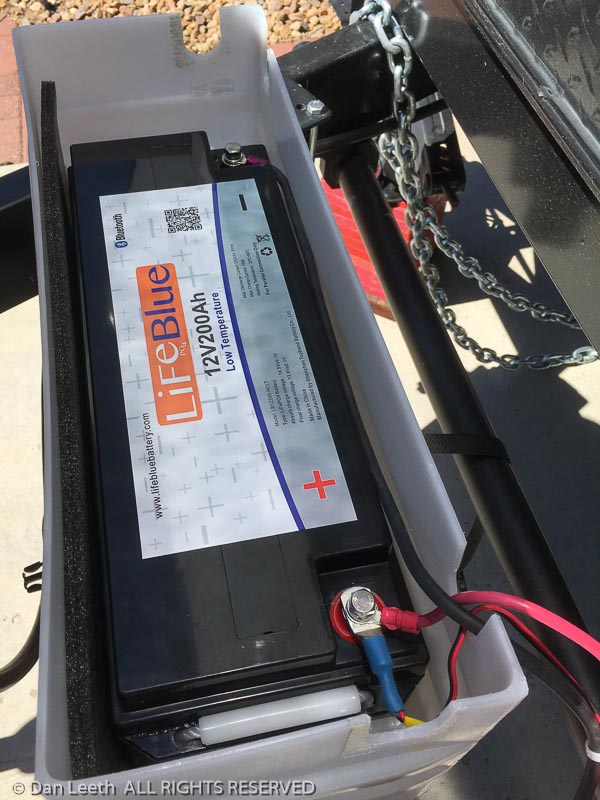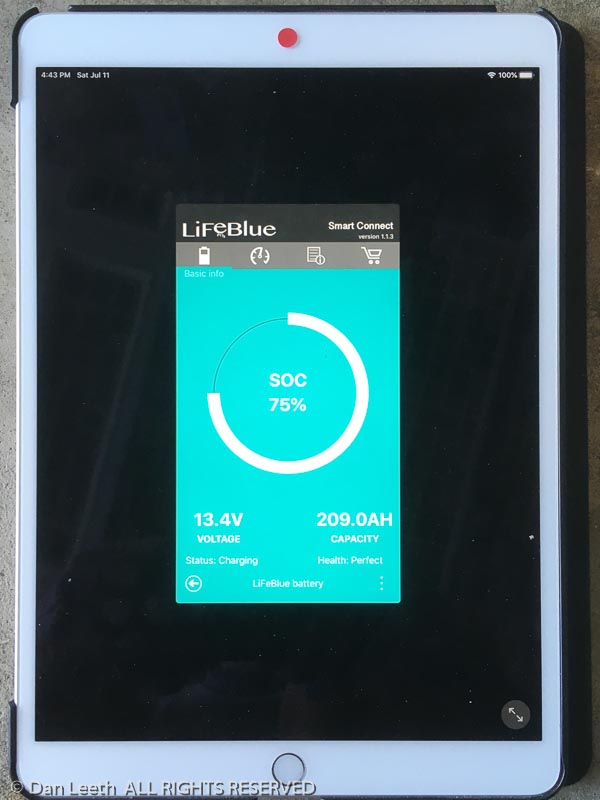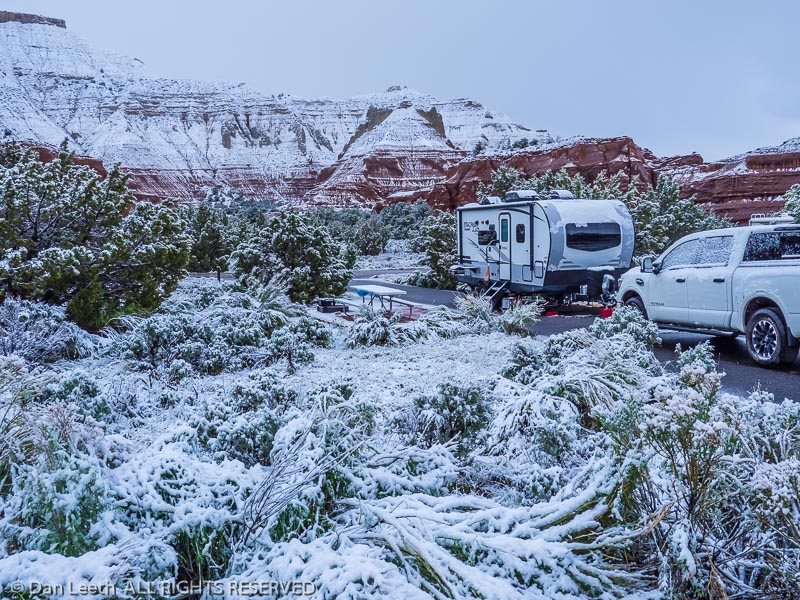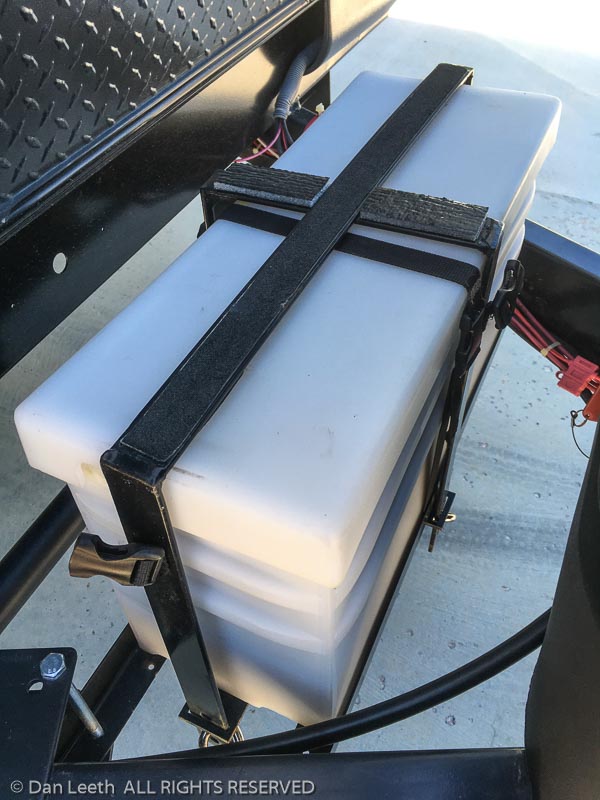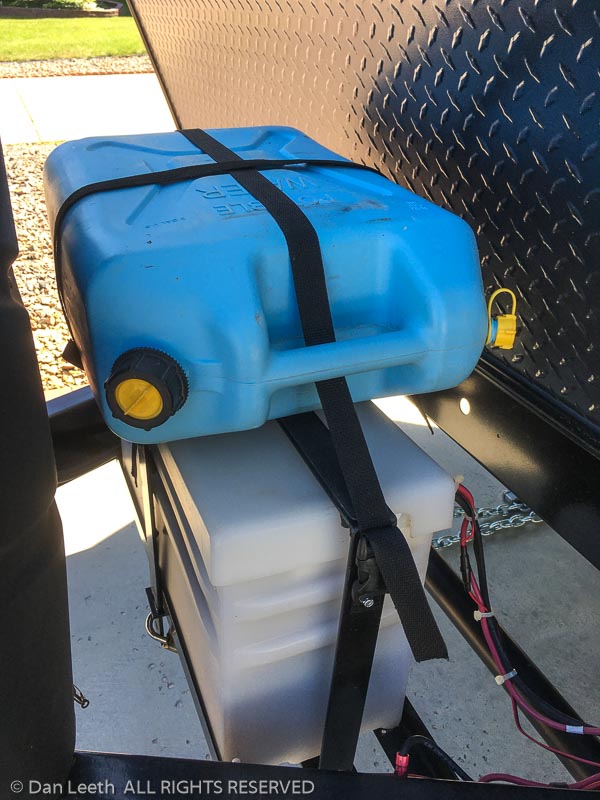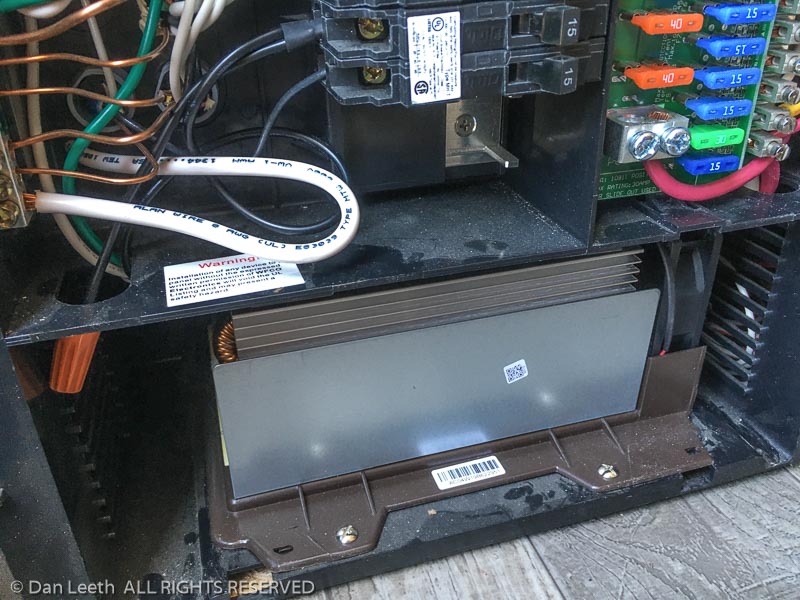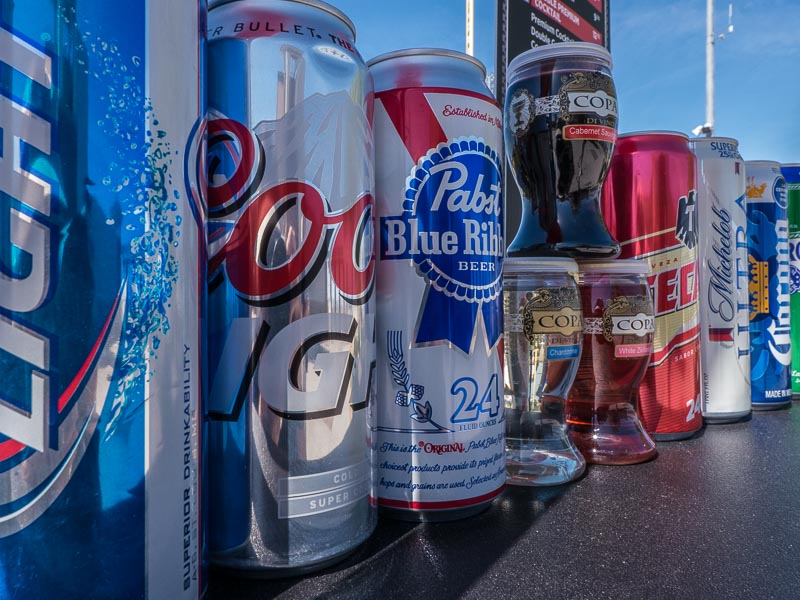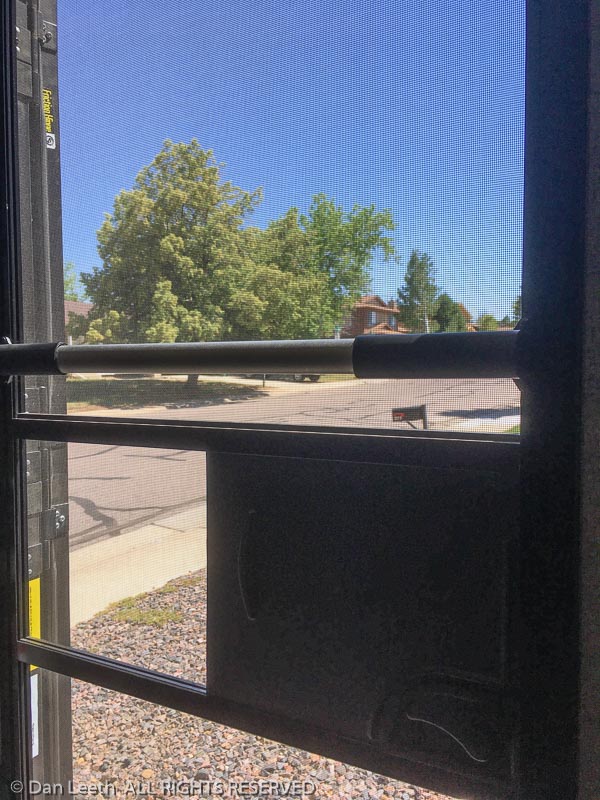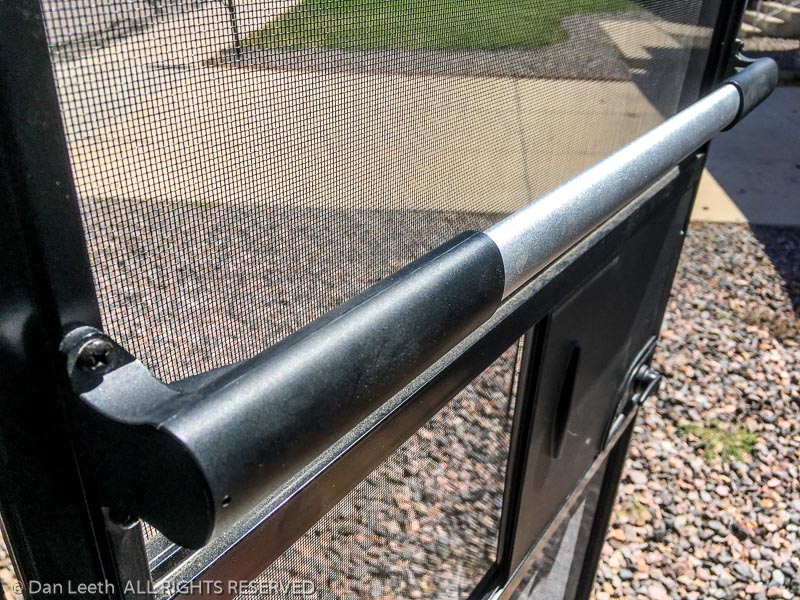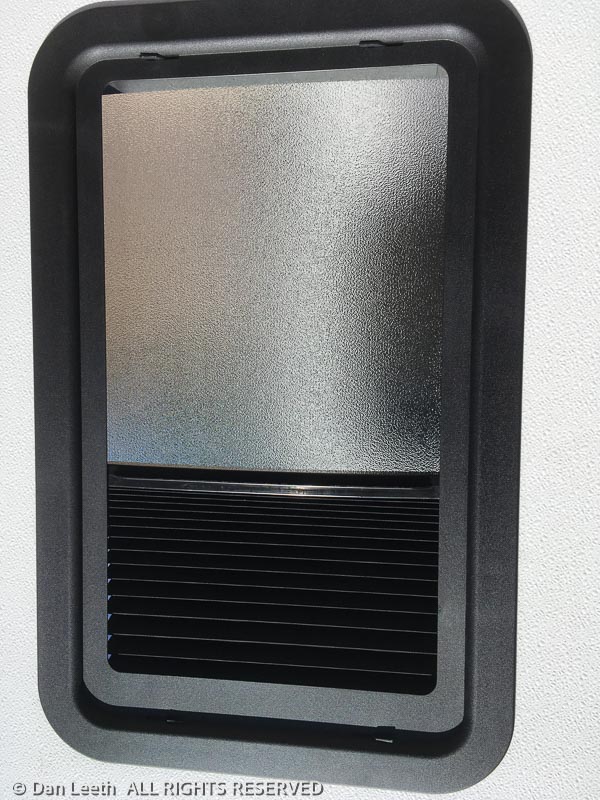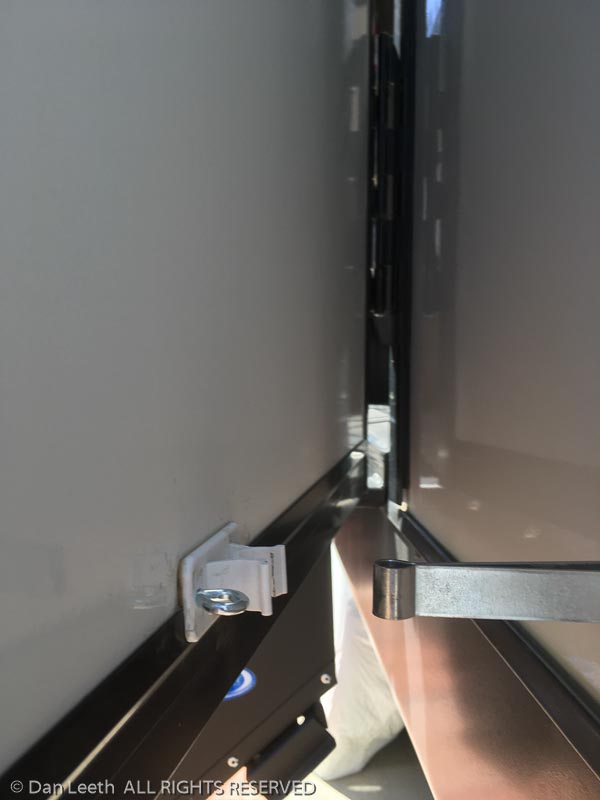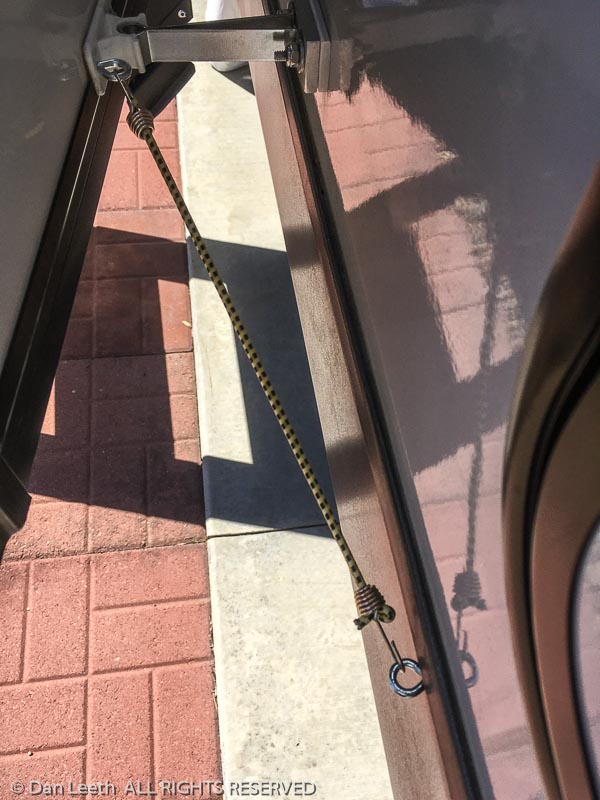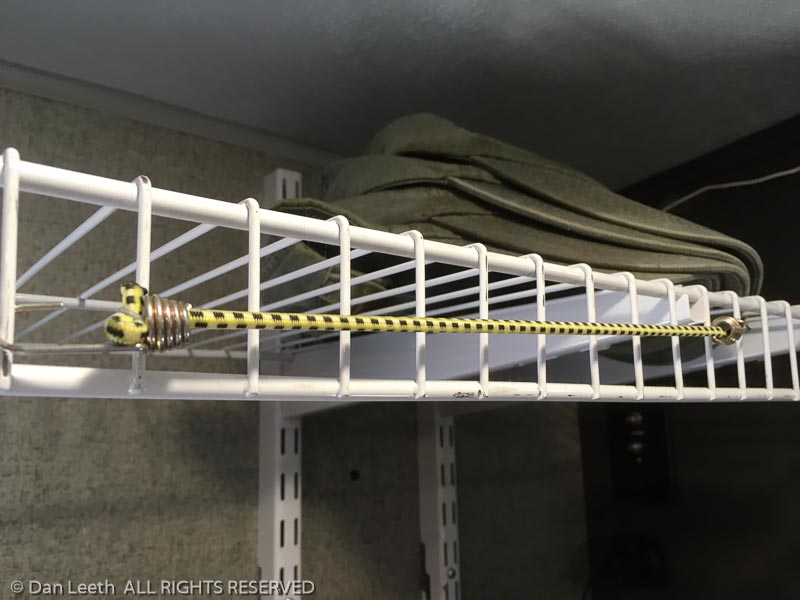
The longer I linger in Grand Junction, the more I long to live here. Within a short drive, Grand Junction residents can visit their choice of cliffs, canyons and crags. It has minor league skiing (1,600 skiable acres at Powderhorn) and minor league baseball (Grand Junction Rockies). Hiking trails begin practically right out one’s door.
Today we explored another Grand Junction treasure – its bike paths. We drove to the other Robb State Park unit that has camping, this one in the town of Fruita at Grand Junction’s western end. From there, we bicycled five miles west to the start of the Kokopelli Trail, a grueling, 142-mile mountain bike route to Moab. We started the trail but didn’t make it all the way to that famed Utah hot spot before turning around and heading back to Fruita.
From there, we bicycled the Riverfront Trail along the Colorado River to the Walter Walker Wildlife Area, a place we learned that the resting fowl are active. Like the trail to Kokopelli’s Trailhead, the bicycling surface was wide, nicely paved in concrete and dotted with benches along the way for those in need of a rest.
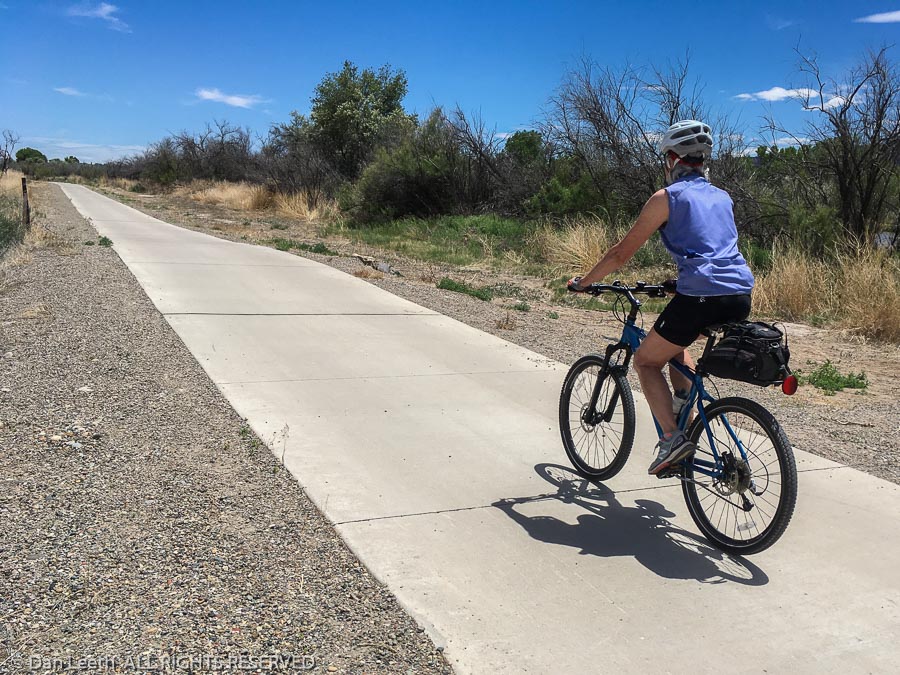
Skiing. Hiking. Biking. The only thing missing in Grand Junction is a Mazda dealership. For now, we’ll use that as our excuse to stay planted in our domicile on the sunrise side of Denver.

